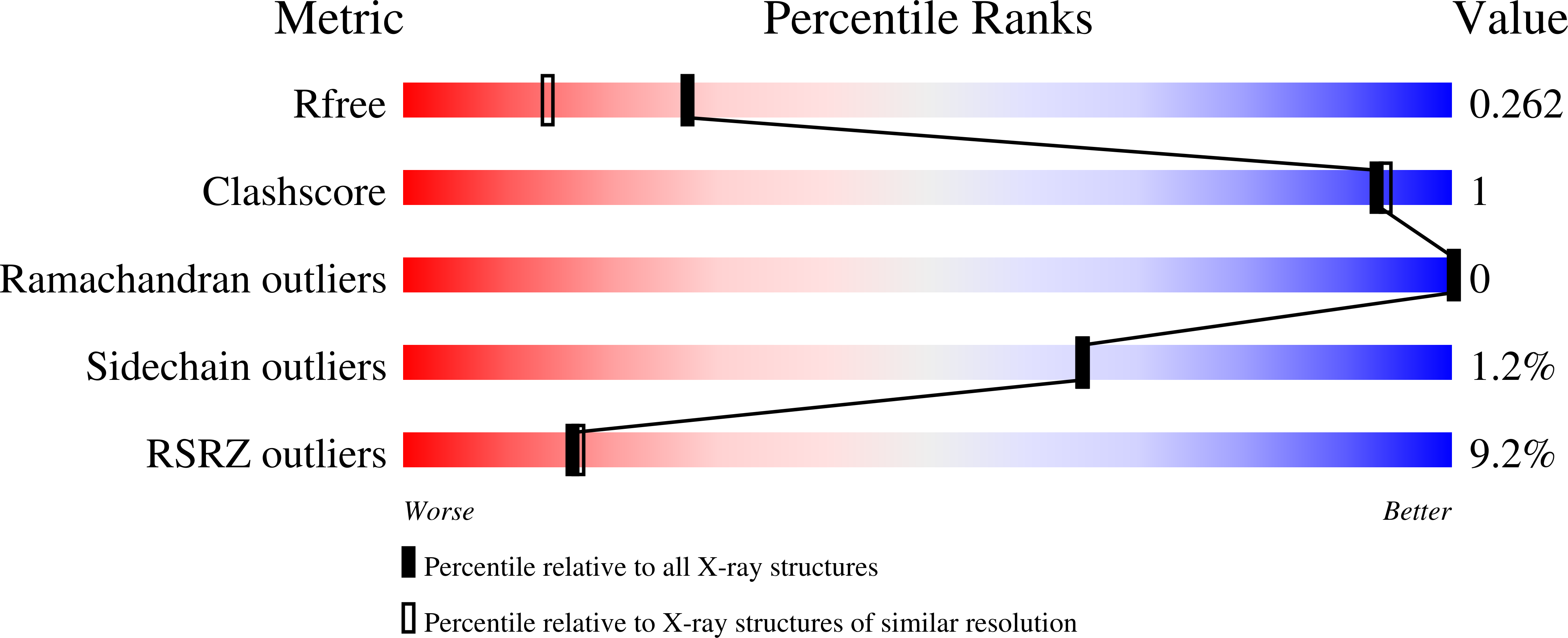
Deposition Date
2024-11-01
Release Date
2024-11-20
Last Version Date
2024-12-04
Method Details:
Experimental Method:
Resolution:
1.91 Å
R-Value Free:
0.25
R-Value Work:
0.21
R-Value Observed:
0.21
Space Group:
C 1 2 1


